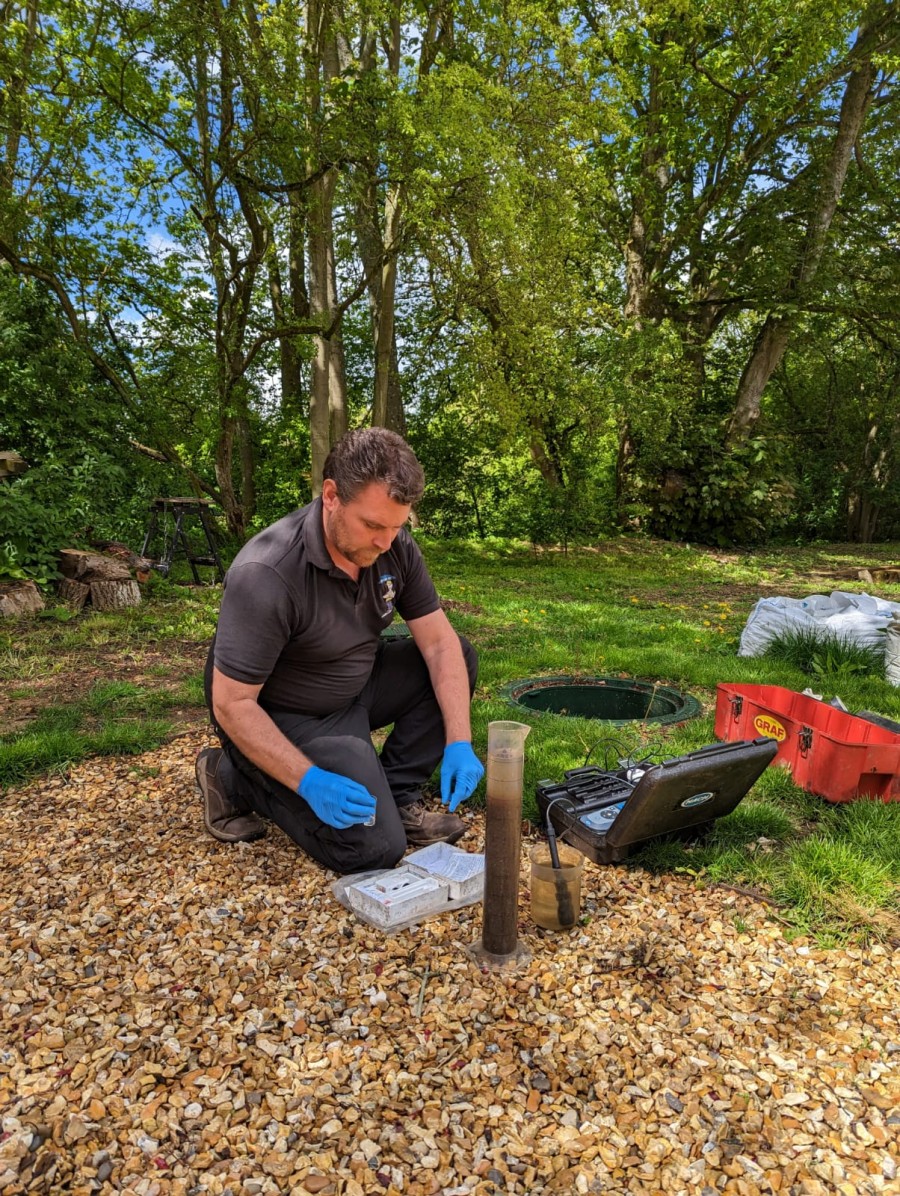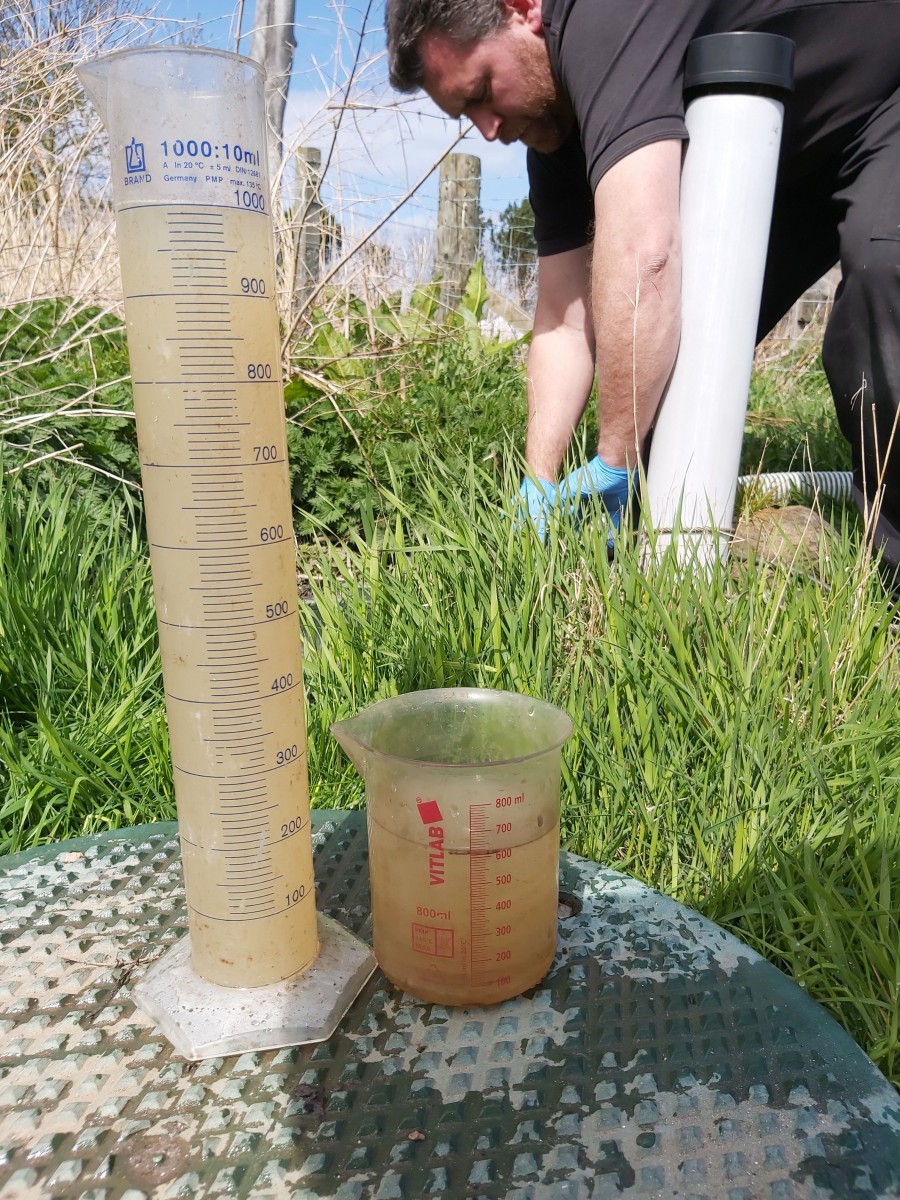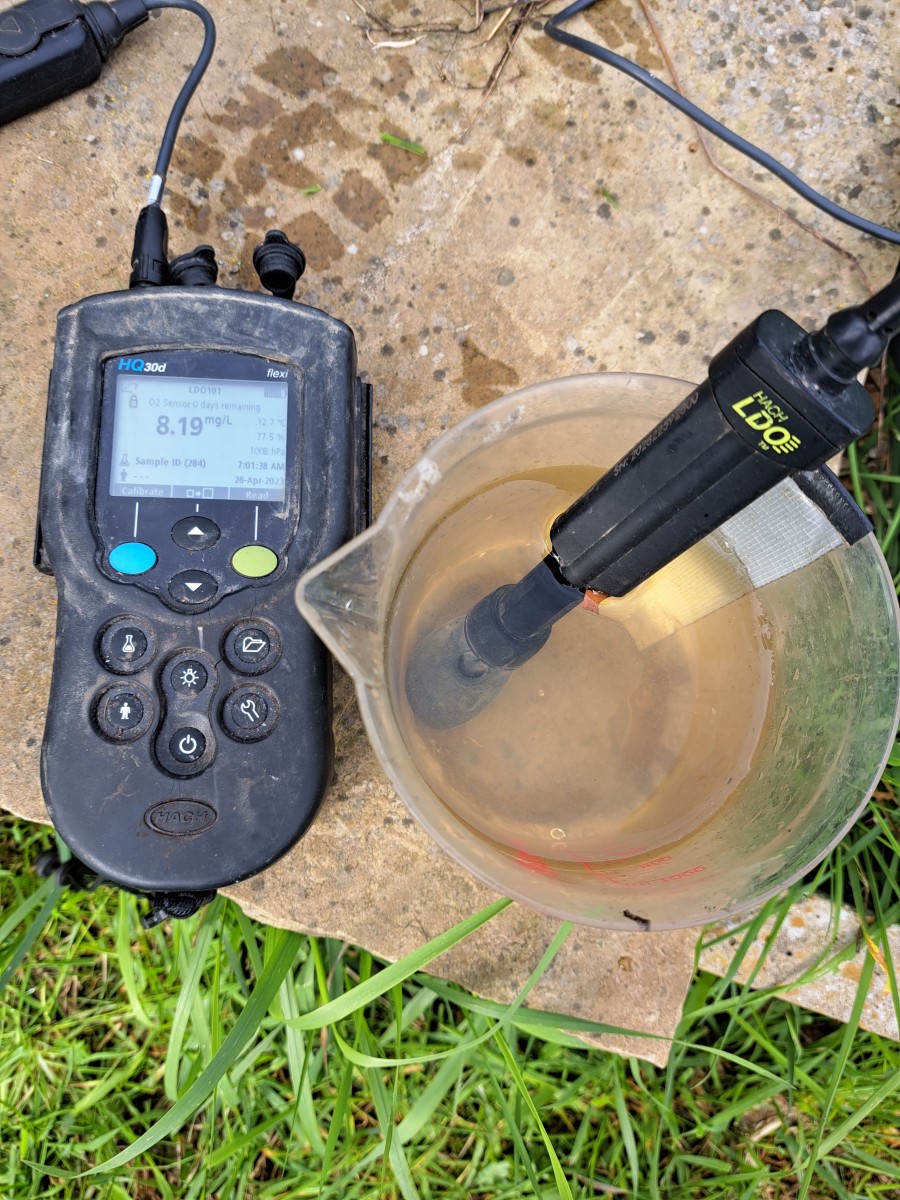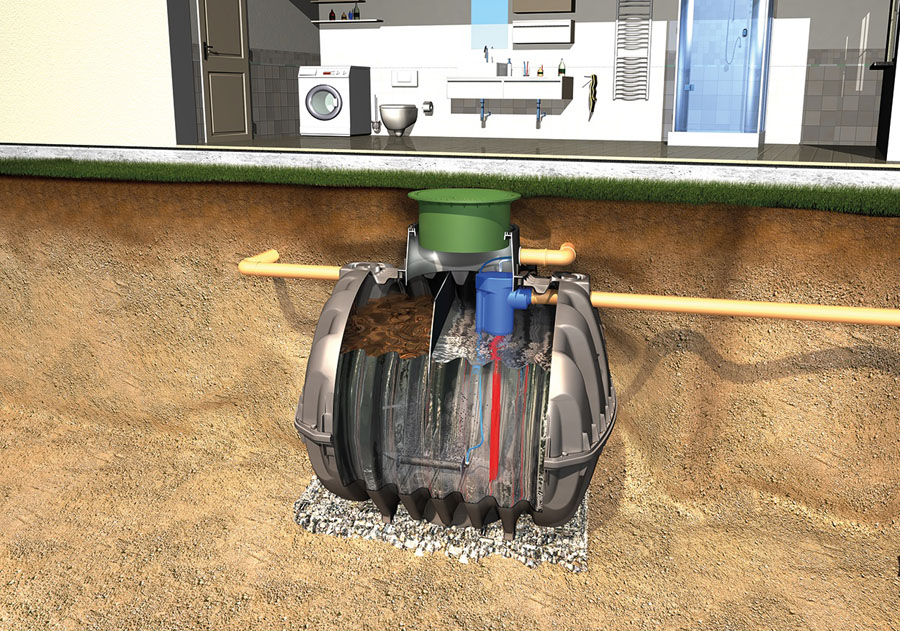
Commissioning wastewater treatment plants is as vital as getting gas and electricity services signed off by specialists. But it is not happening. David Stagg, technical manager for Graf UK, investigates.
Wastewater treatment plants became established in the UK in the late 1990s, when specifiers and end user homeowners woke up to the limitations of septic tanks. So, you would think it was safe to assume that the need to commission these plants, or to set them up properly, was also recognised then.
However, some manufacturers are finding that only 25% to 50% of their systems, at best, are being commissioned. The reason they are not cannot be the cost – it is only between £150 and £300 – nor the time – the 15 to 20-point checklist only takes less than an hour for a trained specialist service provider. So, what is the reason?
It is most likely that a large percentage of specifiers and end users simply are not aware that commissioning is available and/or how important it is to the long-term wellbeing of their wastewater system.

While more and more people are now doing their due diligence before purchasing a wastewater treatment plant, some manufacturers are bridging the gap and putting their money where their mouth is, by offering free commissioning.
These watchdogs for their own systems would rather help specifiers and end users
avoid any potential emotional, economic and environmental impact that may be caused without such measures in place.
Issues with non-commissioned wastewater treatment plants are generally due to poor installation and system set-up rather than the systems themselves as they are typically relatively simple to operate.
The first symptom is likely to be a bad smell. Contrary to popular opinion, this is not what end users should expect from a wastewater treatment plant!
It is likely something has stopped working. Perhaps a compressor error. Perhaps the air diffusers that blow oxygen into the water in the tank have got blocked or damaged in some way.

Perhaps the waste content is not suitable for the system to work at its optimal rate. For want of a better way of saying this, is the tank being filled with too much liquid and not enough solids?
The same goes if the system takes in more grey water from sinks, washing machines and showers, than it does black water from toilets. It’s called a sewage treatment plant for a reason – it needs sewage!
The Number 1 reason for issues with wastewater treatment plants is poor aeration caused by air hoses and diffusers (that sit in the bottom of the tank and release small air bubbles into the effluent) which have not been connected properly, or air hoses that kink. This affects the most important part of the treatment process – the quality and quantity of aeration. If the dissolved oxygen levels in the treated effluent are low, this will result in odours.












